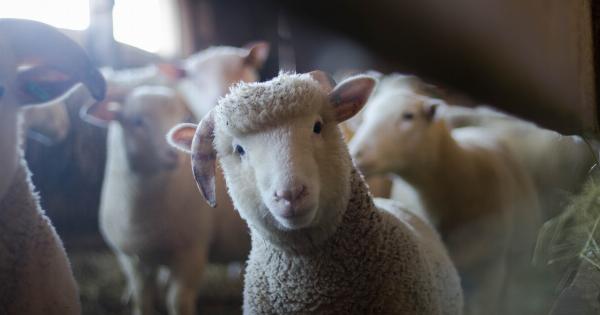If you are looking for a natural way to reduce stress and anxiety while improving your mood, kava may be the answer you are looking for.
This traditional beverage from the South Pacific is known for its ability to induce a state of relaxation and calm, making it the ultimate drink for stress relief and mood enhancement. In this article, we will discuss what kava is, its history and cultural significance, how it works to reduce stress and anxiety, the benefits of its use, and how to prepare and consume it safely.
What is Kava?
Kava (Piper methysticum) is a tropical shrub that grows in the South Pacific. The root of the plant is used to make a traditional beverage that has been consumed for centuries by the indigenous people of the region.
Kava has a long history of cultural, social, and ceremonial use in the Pacific Islands, particularly in Fiji, Tonga, and Papua New Guinea, where it is considered a sacred and revered plant.
History and Cultural Significance of Kava
Kava has a rich history and cultural significance in the South Pacific. Its use dates back more than 3,000 years and has been an integral part of many ceremonies and rituals throughout the region.
In Fiji, kava is known as yaqona, and it is consumed in traditional ceremonies known as kava circles. In Tonga, it is called ava, and it is used in ceremonies and rituals to welcome guests and mark important occasions. In Papua New Guinea, kava is used for medicinal purposes, as well as for social and cultural events.
How Kava Works to Reduce Stress and Anxiety
Kava contains compounds called kavalactones, which are believed to be responsible for its calming and relaxing effects. Kavalactones work by activating a neurotransmitter in the brain called GABA.
GABA is known to have a calming effect on the nervous system, reducing anxiety and promoting relaxation. Kava also contains other compounds that may contribute to its stress-reducing and mood-enhancing effects, including flavonoids, chalcones, and pyrones.
The Benefits of Using Kava
Research has shown that kava may offer several health benefits, including the ability to reduce stress and anxiety, improve mood, promote relaxation, and enhance cognitive function.
Kava has also been used to treat other conditions, such as insomnia, menopausal symptoms, and chronic pain.
How to Prepare and Consume Kava Safely
Kava is typically consumed as a tea or tincture. To prepare kava tea, the root of the kava plant is ground into a powder, and then mixed with water. The mixture is then strained and consumed.
Kava is also available in capsule form, which can be taken orally. When consuming kava, it is important to follow proper preparation and dosage instructions to avoid potential side effects. Some people may also be more sensitive to kava than others, and should proceed with caution when drinking or consuming it.
Potential Side Effects of Kava
While kava is generally safe when consumed in moderation, there have been some reports of adverse side effects, particularly when consumed in large amounts or for prolonged periods of time.
These side effects can include nausea, dizziness, headache, and a temporary numbness of the tongue and mouth. There have also been some reports of liver damage associated with kava consumption, although these cases are rare.
For this reason, it is important to consult with a healthcare provider before using kava, especially if you have a history of liver problems.
Conclusion
Kava is a traditional beverage from the South Pacific that has been used for centuries to induce a state of relaxation and calm.
Its ability to reduce stress and anxiety while improving mood make it the ultimate drink for stress relief and mood enhancement. Kava has a rich history and cultural significance in the Pacific Islands, and its use has spread to other parts of the world as people seek natural ways to reduce stress and improve their overall well-being.
If you are interested in trying kava, be sure to follow proper preparation and dosage instructions, and consult with your healthcare provider if you have any concerns.































